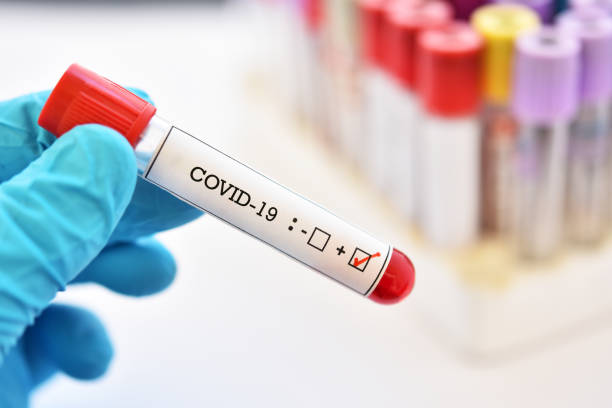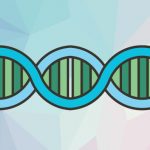The occurrence of severe acute respiratory syndrome coronavirus 2 (SARS‐CoV‐2) in Wuhan, Hubei Province, China, has swiftly led to the COVID-19 pandemic crisis, with over 75 million COVID‐19 confirmed cases worldwide as of December 21, 2020, according to the World Health Organization (WHO).
Due to its high sensitivity in exponentially amplifying RNA molecules, real-time reverse transcription polymerase chain reaction (RT-PCR) is typically used to confirm the clinical diagnosis of COVID-19. Although the genome sequences of SARS-CoV-2 have been fully revealed and RT-PCR kits have been widely used, there are many challenges that hamper the detection of COVID-19 such as laborious, different sensitivity among different kits and time-consuming sample processing steps. One of the important prerequisites for an efficient RT-PCR method is to have quantitative extraction of nucleic acids with excellent purity from complex samples. Low nucleic acid extraction efficiency could give poor signals during exponential amplification, which might lead to false negative results.
In the current diagnosis and control of SARS-CoV-2, silica-based spin column RNA extraction methods are commonly utilized, in which nucleic acids are bound to a glass fiber or silica membrane. In these conventional methods, appropriate buffers are used to pre-lysis the samples as a way to release nucleic acids from viral particles before binding to the column membrane. Multiple centrifugation steps are mandatory to facilitate binding, washing, and elution of extracted nucleic acids.
Moreover, several sequential washing steps must be performed to remove possible PCR inhibitory effects in the eluted products because different toxic organic solvents and corrosive chaotropic salts are usually found in the lysis and binding steps. These multiple centrifuging and column-transferring steps are time-consuming, laborious, and subjected to the risk of contamination or column clogging. Additionally, high-throughput, automated operation cannot be performed using spin column-based approaches. Therefore, reliable, convenient, fast, and automated nucleic acid extraction methods are highly required for COVID-19 detection.
Magnetic nanoparticles-based extraction methods, like the ones produced at Galenvs Sciences, could be an alternative to the traditional extraction methods because these magnetic nanoparticles-based extraction methods are centrifuge-free, easy to operate, and compatible to high-throughput and automation assays. Due to the presence of different surface-modified functional groups, nucleic acids in the lysed samples can be specifically absorbed on magnetic nanoparticles using conventional magnetic nanoparticles-based extraction methods. Magnetic fields allow rapid separation of nucleic acids from most impurities in the supernatant. After fast washing steps aiming to eliminate trace impurities, purified nucleic acids can be further released from the surface of magnetic nanoparticles via elution buffer with altered ionic strength.
In a recent breakthrough study, Zhao and Colleagues reported that the synthesis of poly (amino ester) with carboxyl groups (PC)-coated magnetic nanoparticles (pcMNPs) can efficiently extract viral RNA, helping in designing a sensitive detection method for SARS-CoV-2 (Zhao et al., 2020). This method depends on the combination of lysis and binding steps into a single step, facilitating pcMNPs-RNA complexes to go directly into subsequent RT-PCR process. Just within 20 minutes, viral RNA can be purified from multiple samples via using an automated high-throughput approach or a simple manual method. They achieved a 10-copy sensitivity and a strong linear correlation between 10 and 105 copies of SARS-CoV-2 pseudo virus particles via identifying two different regions (N gene and ORFlab) of SARS-CoV-2 RNA.
This breakthrough extraction method will help in remarkably decreasing the turn-around time and operational requirements in current COVID-19 molecular diagnosis methods, in particular for the early clinical diagnosis thanks to its simple and excellent performance.






